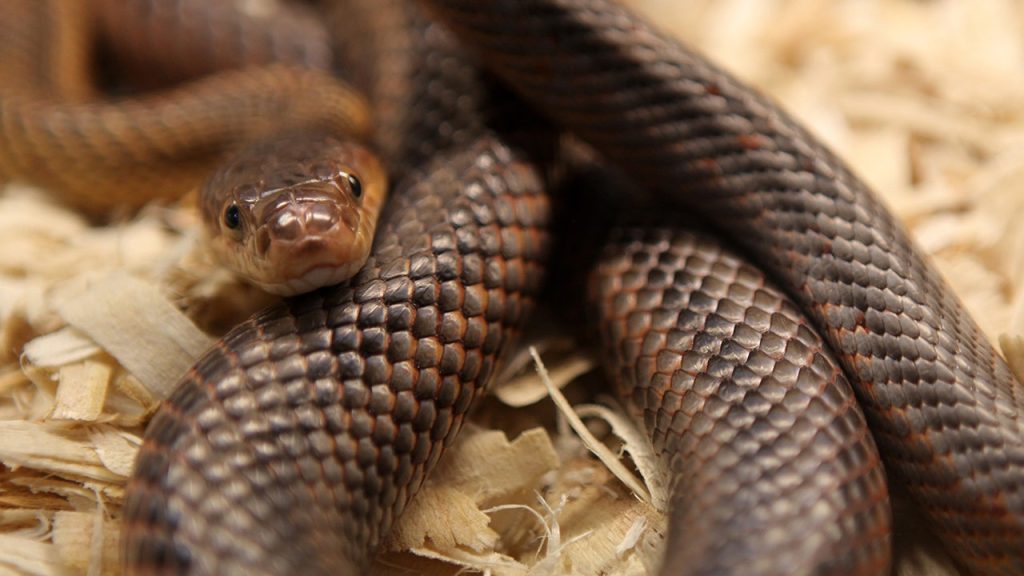An Australian hospital has encouraged snakebite victims to not try to catch the snakes and bring them to the hospital after one patient brought an eastern brown snake in a loosely secured plastic food container. Dr. Adam Michael, the director of emergency medicine at Bundaberg Hospital, expressed concern over patients attempting to interact with snakes in order to catch or photograph them, as it puts their lives at risk. The hospital had encountered cases of patients bringing in snakes contained in plastic bags or poorly secured containers, causing disruptions and fear among the staff. Michael emphasized that doctors do not need to see or identify the snake in order to provide treatment, as they can determine the need for anti-venom through clinical signs and tests.
With about 3,000 suspected snakebites occurring annually in Australia, only a small percentage of cases end up requiring anti-venom. The hospital aims for patients to be quickly seen and assessed, without the hindrance of live snakes in the emergency department. Michael reassured that doctors can identify the need for anti-venom based on other factors and specialized kits available in the hospital. He urged patients to focus on their wound and getting prompt medical attention, rather than worrying about the snake itself. Guidelines from the Wide Bay Hospital & Health Service advised victims to stay calm, avoid cleaning the affected area, apply firm pressure, bandage the area, immobilize the limb, mark the bandage to indicate the bite location, and continue to hold pressure to slow down the venom’s spread.
The hospital shared on Facebook additional tips for those bitten by a snake, including avoiding washing the area, not using a tourniquet, cutting the wound, sucking out the venom, or bringing the snake to the emergency room. These actions can worsen the situation and are not recommended by health professionals. Patients were advised to seek medical attention as soon as possible, as hospitals across the health service are well-prepared to treat snakebites with necessary resources and anti-venom stocks. The hospital’s focus is on providing efficient and effective treatment to snakebite victims, without unnecessary risks or delays caused by attempts to handle or transport snakes.
The incidence of snakebites in Australia can be alarming, with thousands of cases reported each year. The hospital’s plea to snakebite victims to refrain from attempting to catch the snakes themselves highlights the potential dangers and risks associated with such actions. By prioritizing the patient’s well-being and prompt access to medical care, health professionals aim to ensure that snakebite victims receive the necessary treatment quickly and effectively. With appropriate guidelines and guidance provided by healthcare providers, individuals are encouraged to focus on their wound care and seek assistance from trained medical staff without engaging in risky behavior.
Seeking medical attention for snakebites is crucial, and patients are advised to follow the hospital’s guidelines for initial first aid measures, including applying pressure, bandaging the area, and immobilizing the affected limb. By avoiding unnecessary actions such as tourniquets or attempting to handle the snake, individuals can prevent further complications and expedite their recovery process. The hospital’s emphasis on prioritizing patient safety and efficient treatment underscores the importance of following proper protocols and seeking timely medical care in cases of snakebites. Ultimately, the goal is to ensure that snakebite victims receive appropriate care and support without unnecessary risks or delays caused by improper actions.















